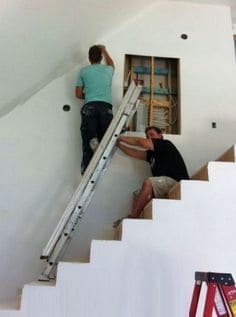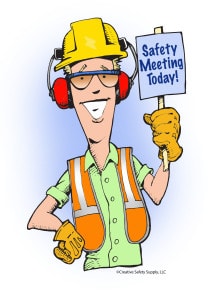We had a warm day today and we did arrive as we wished, just before 07.00 at the regular Holland America dock, Pier 26. So everything worked out as planned. Always nice as a turn over port creates a very hectic day, with stores and provisions being loaded for the whole trans canal, contractors and service people, bunkering of fuel and a myriad of other items which can only take place in a end of cruise port. Mainly because there are no guests in the way and all service is reduced to a bare minimum. At least from 08.00 until noon time after which the ship gears up again with embarkation. So this morning I saw technicians crawling under coffee machines, others looking concerned with blue boxes which are supposed to measure something and did not, and service people bringing on board spare parts where in some cases brought a big smile to an engineer’s face. Plus a whole conga line of others, of which nobody really knows what they do, but of whom you soon find out that they were not in attendance, when something does not work, or something was not brought on board.
I had my regular end of cruise visit with my friends of the Customs and Border Protection again. I am not a complete crew member and I am not a guest either; and to solve this vague position the deep thinkers in the immigration business have come up with the beautiful designation of the “Non-Revenue- Passenger”. What that exactly it means is anybody’s guess but the end result is that at the end of each cruise I have to march off with the In Transit Guests, show my face to receive a friendly nod and then march back on board again, as soon as the CBP is convinced everybody except the real crew is off the ship. That has the magical name of “the zero count”. This cruise we had 254 in transit guests on board (that is including me) so there was quite a bit of marching (or in some cases scootering and rollating) going on before the supervisor of the CBP was satisfied and officially cleared the ship.
As mentioned in an earlier blog, part of what I am doing this time is going through all the work practices on board to see if we all comply with the Company Rules (which includes all the legal stuff of course) and if all safe working practices are being followed – at all times -. We have roughly 50 different nationalities on board and each group has a different understanding of what “safe” is and what precautions should be taken. A crewmember can have a moral culture shock going around in his/her head if a company practice of safe operations is considered silly or stupid or over the top back at home. So there is a constant push from ships management to engrain everybody with the mantra: You arrive with 10 fingers and you go home with 10 fingers.
The challenge is that if you see the same ship, do the same work, have the same procedures to follow and deal with the same crew every day, then in the end you do not see the Tree’s for the Forest anymore. (And the other way around as well I suppose) thus a pair of fresh eyes, with the experience of where crew tries to slack off, bypass or ignore procedures (yes crew are human as well, just like everybody on the shore side)and then raise the spotlight on those items.
Apart from law enforced required safety training, we also have a lot of company safety rules and they get hammered into a crew member by several methods.
- The 15 minute safety trainer. Each supervisor has to conduct those and discuss, in a cycle, issues as hard hats, safety googles, bending, lifting, and chemicals etc.etc.
- The Risk management procedure. Before each work challenge is carried out, there is a (brief) meeting about the way the work will be carried out, what the dangers are and what is needed to mitigate these dangers. Including what PPE is needed.
- Checklists to fill out, commonly known as PTW’s or Permit to Work
- Supervision and correction on the job
- Reporting of missed chances, from which we all can learn again.
To be continued tomorrow.
We sailed just after 16.00 hrs. and shot straight across the Straits of Florida towards the Great Isaac Lighthouse where we will enter the Bahamian Islands. As tomorrow we will be at Half Moon Cay, our private island. We are to be ready to commence tender service at 08.00 hrs. and we will be joined by the Nieuw Amsterdam for the day. Weather for tomorrow: 84oF / 29oC, with very little wind. It is going to be a very tropical day.



November 3, 2016 at 3:27 am
The term Non-Revenue- Passenger also seems to be used in the USA in the airline industry. It basically means someone who is employed by the transportation company is traveling on the plane/ship but didn’t need to buy a ticket (since their employer is providing them with free transportation), and they aren’t working an official crew member job. Granted, most of the time a person flying this way is either on vacation or commuting between their home and their assigned work location. You certainly seem to be working on-board, but I guess aren’t counted as a regular officer in terms of taking watches or filling other required work positions in navigation, security, or whatnot.
Anyway, thanks for the blog and for providing us shoreside people your insight, observations, and knowledge.